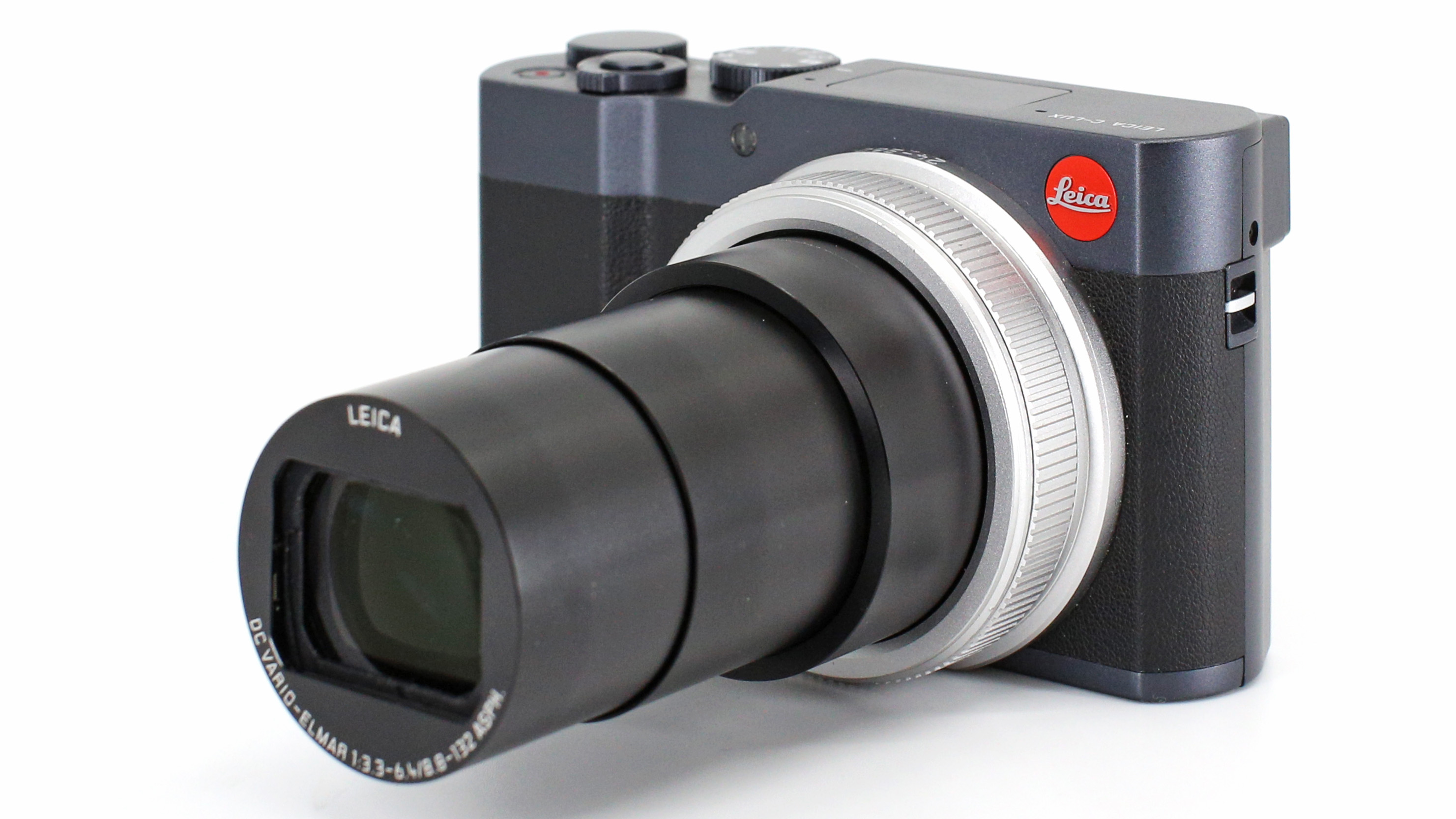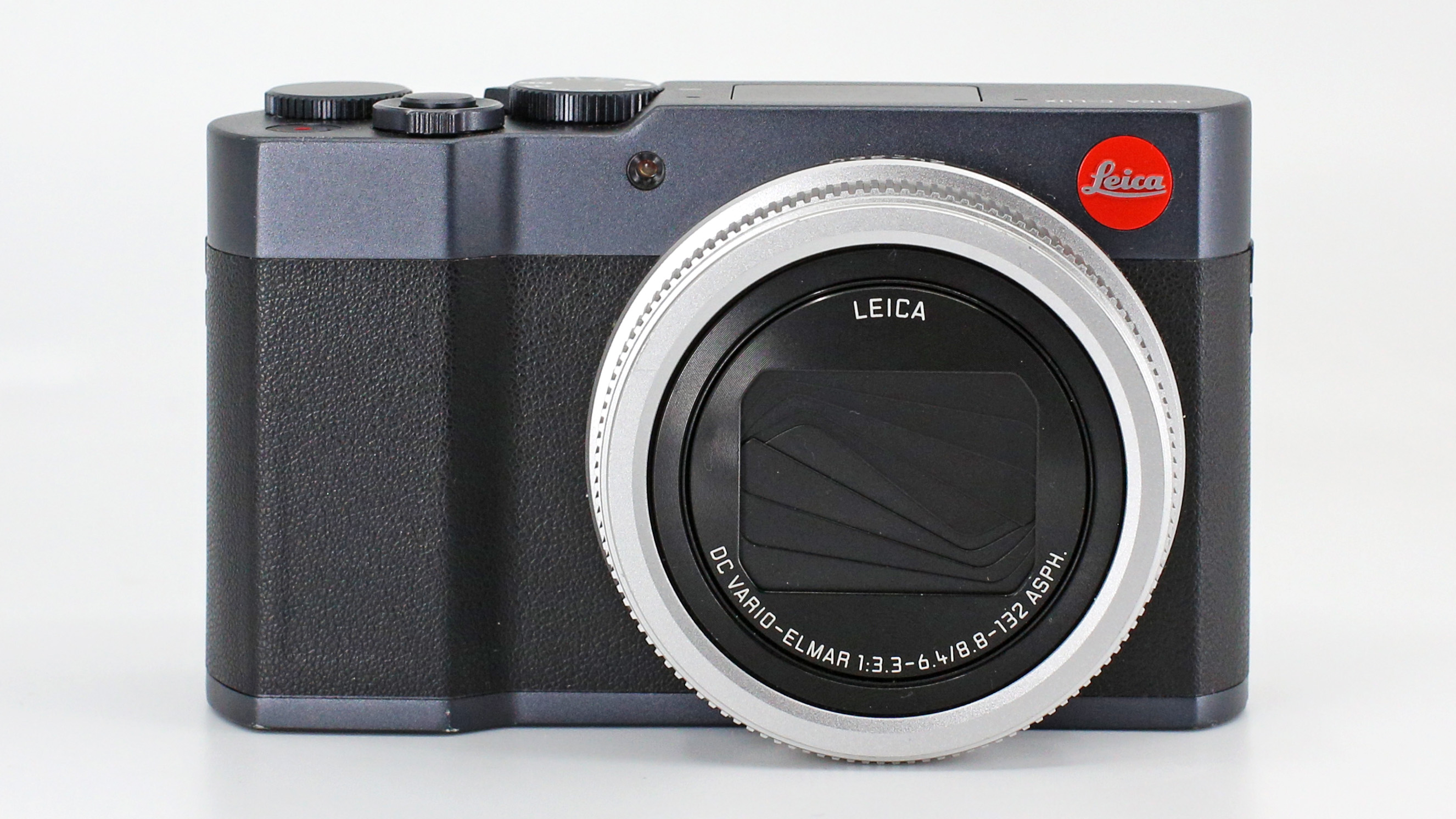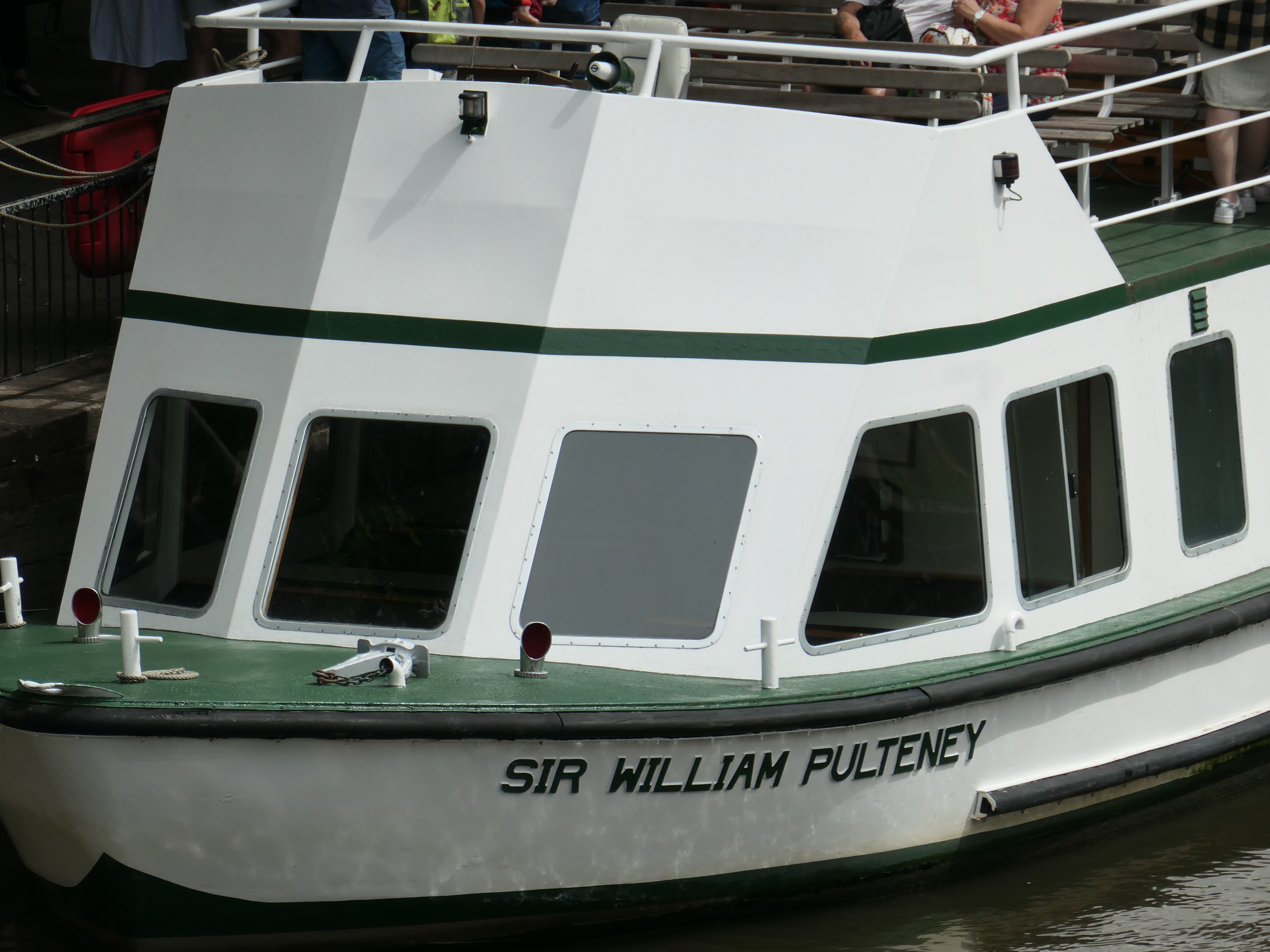Digital Camera World Verdict
On paper the C-Lux pretty much as it all: a compact camera with a large image sensor promising decent image quality, teamed with 15x optical zoom and plenty of features. Trouble is, you get all these benefits with the near identical Panasonic ZS200/TZ200, and for significantly less money. If you really must have that Leica red dot kudos, then the extra outlay may just be worth it, but if you're not fussed with brand snobbery, the humble Panasonic is the smarter buy.
Pros
- +
Relatively large sensor
- +
Versatile zoom range
- +
Feature-packed, with 4K video
Cons
- -
Just a re-skin of a (much) cheaper Panasonic
- -
Image quality barely beats a camera phone
- -
Screen doesn't articulate
Why you can trust Digital Camera World
Where most compact cameras have been killed off by the best camera phones, the Leica C-Lux has two main advantages over its smartphone rivals: it packs a larger sensor (1-inch in size), and it offers 15x optical zoom. Up-to-date features like optical image stabilisation and 4K video, along Wi-Fi and Bluetooth connectivity, further help justify the C-Lux's fairly hefty price tag.
But considering this is a Leica - one of the most revered camera brands - the price is actually quite reasonable. That is, until you realise that the C-Lux is little more than a re-skinned Panasonic Lumix ZS200/TZ200, which sells for as much as 30% less than the C-Lux.
Specifications
Sensor: 20.1MP 1" MOS sensor
Lens: Leica DC Vario-Elmar f/3.3-6.4, 24-360mm equivalent zoom range
ISO range: ISO 100-25,600
Max image size: 4,864 x 3,648
Video: 4K 3840x2160/30p (100 Mbit/s), 1080p, 720p
Viewfinder: 0.21“ LCD viewfinder, approx. 2,330,000 dots
Memory card: SD/SDHC/SDXC
Max burst: 10fps (28 shots RAW, 85 JPEG)
Connectivity: Wi-Fi, Bluetooth, USB 2.0 Micro B
Size: 113 x 67 x 46mm
Weight: 340g
Features
The headline feature of the C-Lux is its 20-megapixel, 1-inch sensor. Compared to the 1/2.3-inch sensor size in a typical compact camera, or the primary camera sensor in many camera phones, the C-Lux sensor is roughly four times bigger. In theory, that in turn makes each sensor photosite (pixel) four times more light-sensitive, and therefore image quality should be noticeably improved, with better detail capture and less image noise.
Often a large sensor can restrict a camera's optical zoom range, but while the C-Lux doesn't have the 40x zoom range of some superzoom compacts, its 15x zoom is more than versatile enough for most scenarios. The maximum lens aperture varies from f/3.3 at the 24mm-equivalent wide-angle setting, through to f/6.4 at the 360mm-equivalent max telephoto reach. This maximum aperture range is nothing special, but it's acceptable for a cameras this small. The lens also includes optical image stabilisation to keep both image and video capture steady, offsetting the need for a large lens aperture.
Elsewhere, you get premium features like 4K video capture, an electronic viewfinder with a generous 2,330k-dot resolution, supplementing the 3-inch 1240k-dot touch screen. 10fps continuous shooting makes the C-Lux useful for shooting fast action, while a 370-shot battery life is pretty good for this sector. Wi-Fi connectivity makes it easy to share photos from the C-Lux to a smart device via the Leica FOTOS app, and this also lets you remotely control the C-Lux should you want to conceal the camera for some wildlife photography.

Build & handling
If you're familiar with Leica cameras, you'd be forgiven for thinking the C-Lux might feel like it's been carved from a single piece of metal and will consequently feel like it will last for generations. But a Leica M-series camera, this is not. Leica has collaborated with Panasonic for many years, essentially rebranding Panasonic cameras to gain a foothold in the mid-range camera sector.
The best camera deals, reviews, product advice, and unmissable photography news, direct to your inbox!
Though the C-Lux does have a different exterior design to the Panasonic ZS200 on which it's based, it still feels plasticky in the hand and far more like a typical Panasonic camera than a traditional Leica. The top-plate zoom ring on our (admittedly very well used!) test camera had also become very stiff. Thankfully the large, textured ring around the lens barrel can also be used for zooming.
But if you can get passed the whole Panasonic thing, the C-Lux is a pleasant enough camera to use. The sculpted front, paired with the rubberised rear thumb grip, make it feel fairly secure in the hand, and though the EVF (electronic viewfinder) is quite small at just 0.21", it is at least crisp and color-accurate. The inclusion of a pop-up flash is also welcome, considering the C-Lux's compact 113 x 67 x 46mm dimensions. The latter does result in some of the physical buttons feeling a little small and cramped, but the touch screen is touch sensitive, reducing the need to use some of the buttons in everyday shooting.
Performance
The C-Lux takes a second or so to extend its lens to be ready to shoot, but once up and running, it's quick to focus and shoot. Automatic exposure metering and autofocus are both accurate and reliable, and images look good when viewing at typical image sizes. That said, if you've become used to the eye-popping HDR-like contrast that modern camera phones are capable of, the slightly muted contrast of images taken by the C-Lux could leave you a little underwhelmed.
Detail capture is decent enough from the 1-inch, 20MP sensor, but even a sensor this large isn't necessarily going to give you significantly better image quality than a phone could offer. While it's true that most camera phones pack much smaller sensors, there's a growing breed of flagship phones with primary image sensors edging closer to the 1-inch mark in size. Consequently, view an image captured by the C-Lux at 100% image size and it may not be as crisp as the whole '1-inch' hype may lead you to expect.
It doesn't help that the C-Lux's 3 inch screen, while typical for a camera in this sector, still pales in comparison to the 5+ inch screens on most camera phones, not just in size, but also brightness and color saturation. It all contributes to a distinctly dated shooting experience when compared to the bold, big-screen feel when shooting with a decent camera phone.
Thankfully, the C-Lux does make a good case for itself when it comes to focal length flexibility, as the 15x optical zoom can get you close to the action with very little penalty in image quality. While some phones can offer as much as 10x optical zoom, they can only do so by switching to a lower resolution, smaller sensor camera, so image quality takes a noticeable hit when compared to that from the primary wide-angle camera.
Sample images
Verdict
On paper the C-Lux pretty much has it all: a compact camera with a large image sensor promising decent image quality, teamed with 15x optical zoom. Add respectable video specs and extras like Wi-Fi and a high-res EVF and there's a lot to like here.
Trouble is, you get all these benefits with the near identical Panasonic ZS200/TZ200, and for significantly less money. If you really must have that Leica red dot kudos (and a gold or midnight blue paint finish), then the extra outlay may just be worth it. But if you're not fussed with brand snobbery, the humble Panasonic is the smarter buy.
However, if you already own a modern flagship camera phone, or even a mid-range model, the C-Lux might not give you the image quality boost you might be expecting from a dedicated camera at this price point. The powerful, advanced image processing available in the latest Android phones and iPhones generally gives their shots more visual punch than images shot on the C-Lux. The C-Lux still works well as a do-it-all travel camera though, with its zoom range making it especially versatile.
Read more:
The best Leica cameras
The best compact cameras
The best travel camera
The best APS-C compact cameras
The best point and shoot camera
Ben is the Imaging Labs manager, responsible for all the testing on Digital Camera World and across the entire photography portfolio at Future. Whether he's in the lab testing the sharpness of new lenses, the resolution of the latest image sensors, the zoom range of monster bridge cameras or even the latest camera phones, Ben is our go-to guy for technical insight. He's also the team's man-at-arms when it comes to camera bags, filters, memory cards, and all manner of camera accessories – his lab is a bit like the Batcave of photography! With years of experience trialling and testing kit, he's a human encyclopedia of benchmarks when it comes to recommending the best buys.















